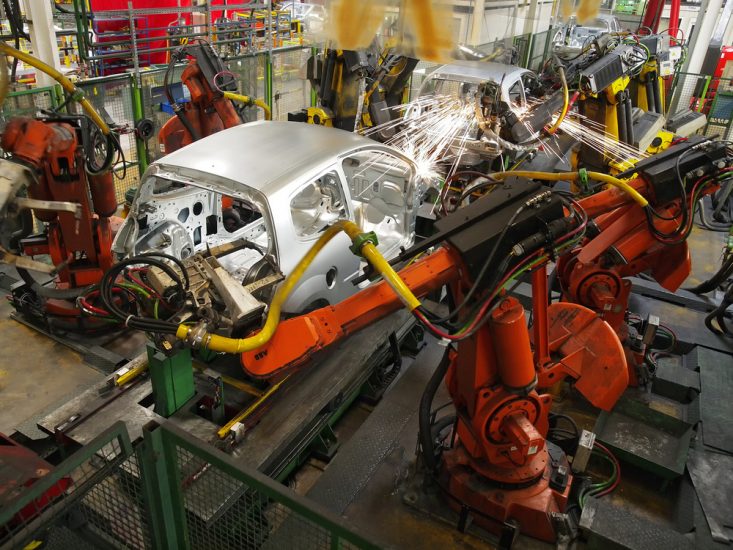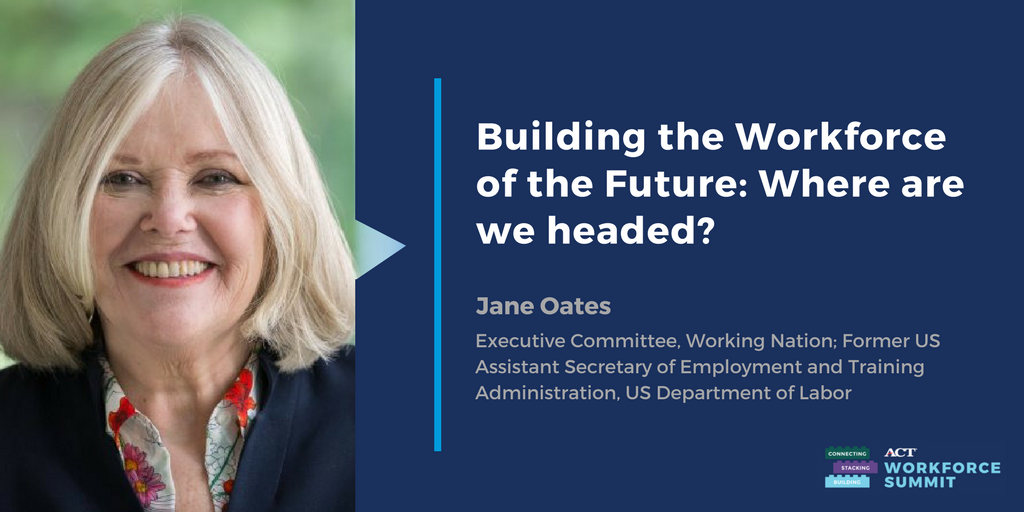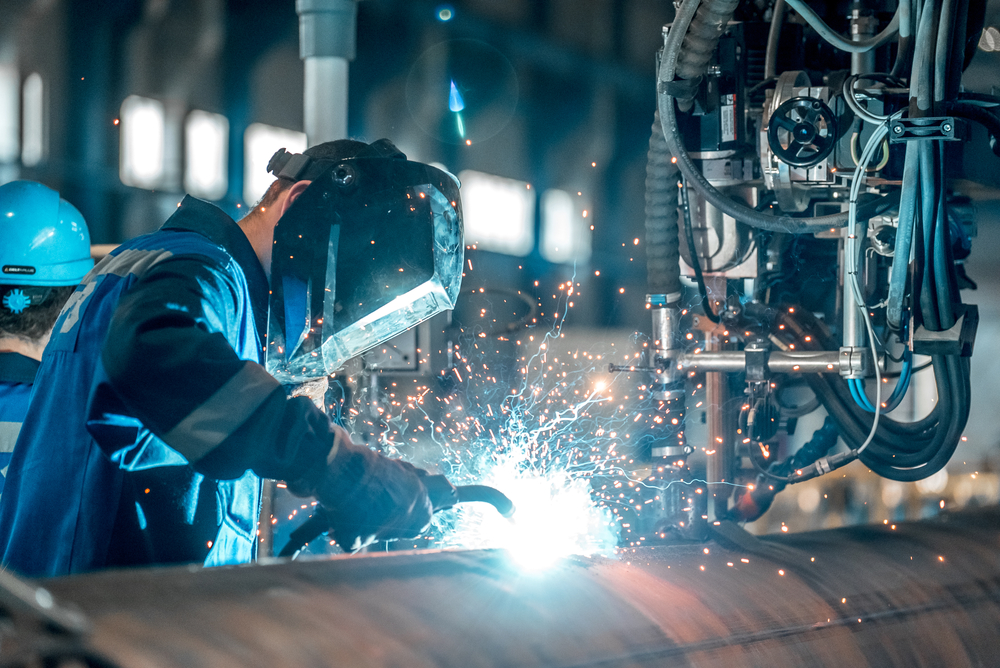$250 billion – Amazing.
That’s what the former head of the Obama Administration’s Auto Task Force said about a statistic he posted on Twitter and which illustrates the continuing displacement of the American workforce.
Willett Advisors’ Steven Rattner (you can also see him on MSNBC’s Morning Joe) compared Silicon Valley’s top companies (Apple, Google, Facebook) in 2014 to the auto industry’s Big Three in the 1990. And there is a telling difference between the two industries, despite these companies hauling in the same estimated revenue in their respective timeframes.
Amazing:
1990: top 3 automakers:
Revenues: $250B
Employees: 1.2M2014: top 3 Silicon Valley co’s:
Revenues: $250B
Employees: 137k— Steven Rattner (@SteveRattner) June 21, 2017
Rattner said that in 1990 the top three automakers employed 1.2 million workers.
Today’s tech giants? 137,000 employees.
The big takeaway from his stat was that tech companies are making billions with a mere 11% of workers compared to the auto industry in 1990, which was about to face another big hit with that year’s economic recession.
It is unclear whether Rattner’s information was adjusted for inflation. But even with an adjustment, which was helpfully subtweeted by Brookings Institute senior fellow Tom Loveless and Manhattan Institute senior fellow Josh McGee, the ratio between revenues and workforce remains stark.
As the U.S. economy transitioned from dominating manufacturing to technology over the last three decades, automation and the movement of factories overseas caused employment in the manufacturing sector to crater. And these jobs are not coming back, according to economist Ken Louie speaking to CBS News.
Connecting this theme with comments Rattner made to Bloomberg on May 23. employment within auto manufacturing can expect further disruption as he predicts advancements in ride sharing, automated driving and electric vehicles to coincide with a decrease in demand.
He expects that the greatest threat to the auto industry will be ride sharing. According to Rattner, ride sharing or subscription models like General Motors’ Maven Reserve program will increase in popularity as more people decide that they do not need or cannot afford cars that mostly sit idle and unused.
“The average car is only used 4 percent of the time. The other 96 percent of the time it sits in your garage. This is a highly inefficient use of a capital asset,” Rattner said.
Try this thought experiment: Tamara, who has made the leap from college to the big city, realizes she can get around just as easily with a well developed transit system, ride hailing services and her trusty bicycle. She’s one fewer future auto consumer who has to worry about the monthly car payment, gas prices and maybe auto insurance.
And if she’s working from home or her nearest coffee shop (within walking distance, of course) then having a car becomes increasingly irrelevant. If she needs to make a large grocery store run, why not elect to share a car for the brief time she needs it?
Now imagine millions of consumers coming to the same conclusion by being forced to make an economic decision between shelter/food or transportation. We only need to look to current New York City residents, who, despite bemoaning their aged and inefficient analog subway system, wouldn’t trade their MetroCards for the hassles (or parking fees) that come with auto ownership.
If consumers turn away from traditional automobile ownership, which Rattner is confident will happen, then decreased demand leads to fewer workers at the factories or no workers at all.
When these newly unemployed or unemployable workers do not get the skills retraining to transition to a new economy, they are essentially negated from contributing to further economic growth.
By examining the ramifications of Rattner’s assessment of the auto industry along with the statistic provided in his tweet, it paints a picture of a continuing decline in the domestic auto industry and warns politicians to solve upcoming dilemmas about how to retrain unskilled laborers (and not only in the auto industry) who face an inevitable displacement.
Join the conversation: Tell us what you think about Rattner’s predictions on our Facebook page.











